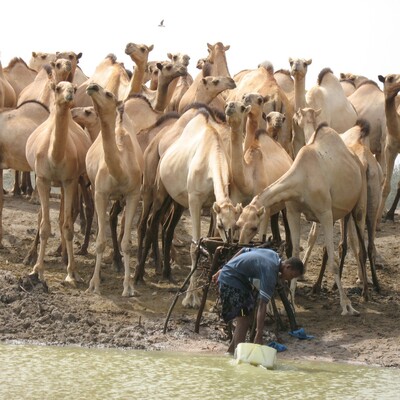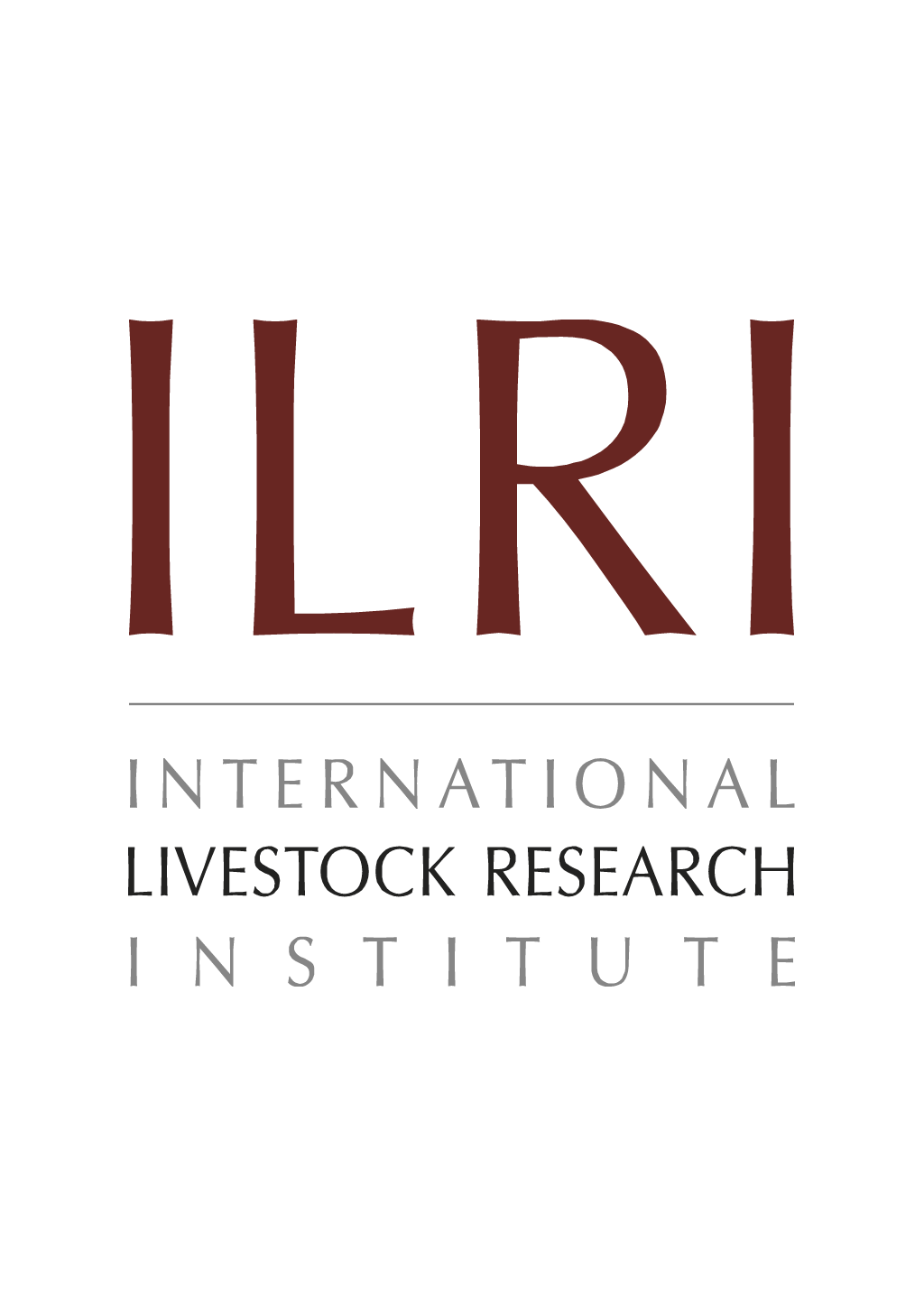
Performance of forage legume-maize intercrops on an upland soil of Ethiopian highlands
Abstract
Cereal-legume intercrops are quite common in sub-Saharan Africa. However, most of the research in this area has concentrated on grain legumes or pasture grass-legume mixtures. More recently, attention has been called to the integration of forage legumes with livestock production. While it is known that forage legumes can improve the nutrition of livestock, it is not clear in what ways and forms these legumes are to be incorporated into the production systems in sub-Saharan Africa. Gryseels and Anderson (1983) suggested that considerable improvement in livestock production could be achieved through the intercropping of forage legumes and cereals. Pratt and de Haan (1979) argued that in view of low return to labour of existing subsistence crops the inclusion of fodder crops will have to be accomplished with a minimum amount of additional labour. They, therefore, suggested that intercropping rather than sown leys would be most appropriate under subsistence agriculture as practised in the region. In sub-Saharan Africa, livestock rely very heavily on cereal crop residues during the long dry season. An intercropping system of forage legume and cereal could yield some or all of the following advantages: (i) more efficient utilization by livestock of low quality cereal residues through the addition of high protein forages, (ii) maintenance of animal feed supplies during the dry season, (iii) possibility of N accretion from the legume to accompanying cereal. Legumes in close association with cereals have increased the N status of the soil even though the N content of the associated cereal may not be improved. Most of the soils in sub-Saharan Africa are deficient in N. Because of the high cost of N fertilizers, the relatively large amounts normally applied to non-legumes and their general non-availability in most areas, it is desirable to find legumes that have high biomass for improvement of livestock feed and at the same time be capable of making a substantial contribution to the N economy of the soil. The objective of this study was to determine the effects of forage legume-maize intercrops on the above-ground biomass and protein yields of the components of the mixture as well as the N concentration of the legume roots.
Citation
East African Agricultural and Forestry Journal;55(3):93-102




